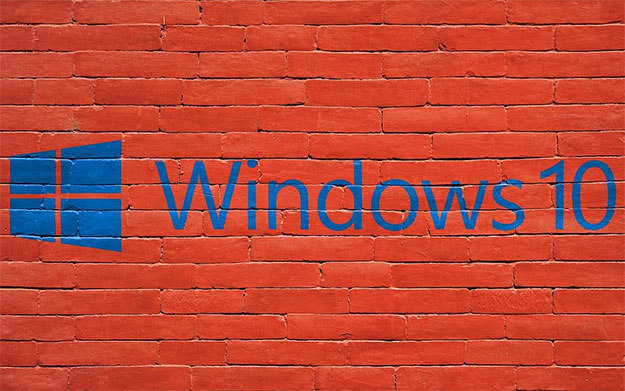Microsoft's Spectre And Meltdown Patches For Windows Are Bricking Some AMD PCs

Microsoft has begun rolling out security patches to deal with Meltdown and Spectre, the names given to a pair of vulnerabilities that between the two affect practically every modern processor made by Intel, AMD, and ARM. Intel seems to be the most impacted of them all, though some AMD users are suffering from the fallout more than others—there are complaints that Microsoft's emergency patch is bricking some AMD systems.
From sifting through the early complaints, the issue seems to be limited to older AMD processors, such as the Athlon 64 X2 6000+ and similar chips that were released more than a decade ago. Here's a look at the opening post in a thread on Microsoft's support forum that is growing with 'me too' complaints:
I have older AMD Athlon 64 X2 6000+, Asus MB, after installation of KB4056892 the system doesn't boot, it only shows the Windows logo without animation and nothing more. After several failed boots it do roll-back then it shows error 0x800f0845. Unfortunately, it seems it's not easy to disable the automatic updates without gpedit tweaks, so it tries installing and rolling-back the update over and over. The sfc /scannow shows no problem, in-place upgrade also doesn't seem to help. I can try full reinstall, but I doubt it will change anything. It seems like the update is binary incompatible with my old CPU. I understand that making the machine unbootable is the best protection from remote exploitation, but I would rather have the OS working. Especially if my CPU is not vulnerable to the Meltdown attack and the MS mitigation attempts for Spectre is more than questionable.The rub for affected users is that AMD processors are essentially immune to Meltdown due to protections that are already in place on the hardware level. Spectre is a different story, though it is a much more complicated vulnerability that is more difficult to exploit. That being the case, the risk of having their PCs bricked is a tough pill to swallow for users who are running on older AMD hardware.
This is on top of the performance penalties that might be introduced by the various patches. Early reports suggested the performance impact could be in the neighborhood of 5-30 percent, though later analysis shows its highly workload dependent. Furthermore, the average user shouldn't see much difference in their PC's performance before and after applying Microsoft's patch.
The release notes for KB4056892 are as follows:
- Addresses issue where event logs stop receiving events when a maximum file size policy is applied to the channel.
- Addresses issue where printing an Office Online document in Microsoft Edge fails.
- Addresses issue where the touch keyboard doesn’t support the standard layout for 109 keyboards.
- Addresses video playback issues in applications such as Microsoft Edge that affect some devices when playing back video on a monitor and a secondary, duplicated display.
- Addresses issue where Microsoft Edge stops responding for up to 3 seconds while displaying content from a software rendering path.
- Addresses issue where only 4 TB of memory is shown as available in Task Manager in Windows Server version 1709 when more memory is actually installed, configured, and available.
- Addresses issue where update installation may stop at 99% and may show elevated CPU or disk utilization. This occurs if a device was reset using the Reset this PC functionality after installing KB4054022.
- Security updates to Windows SMB Server, the Windows Subsystem for Linux, Windows Kernel, Windows Datacenter Networking, Windows Graphics, Microsoft Edge, Internet Explorer, and the Microsoft Scripting Engine.

